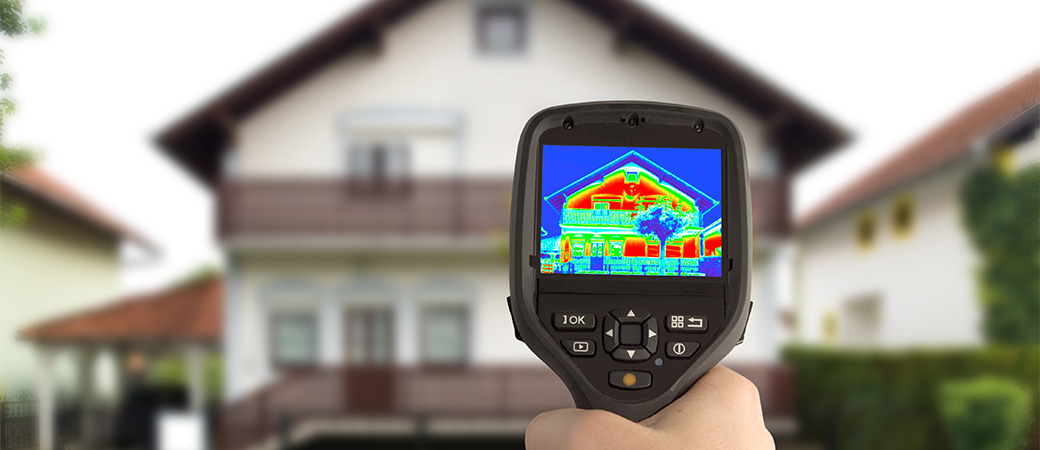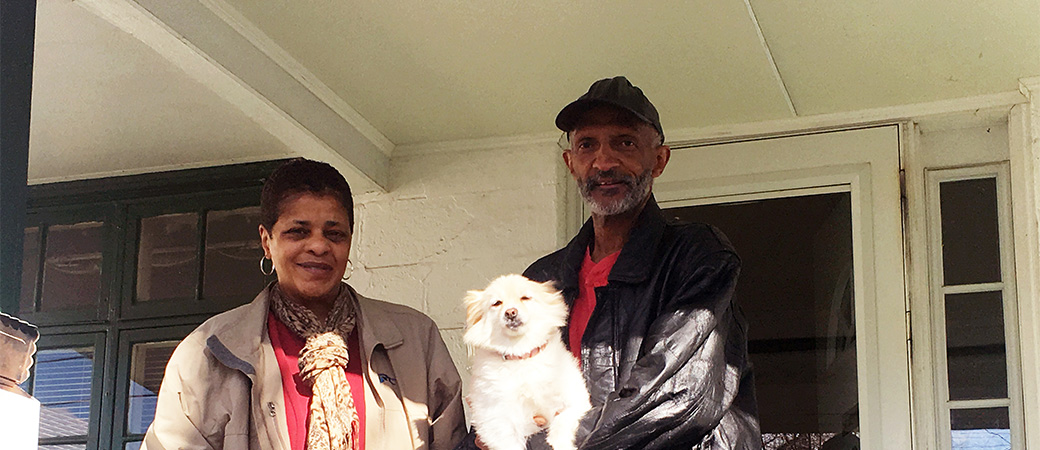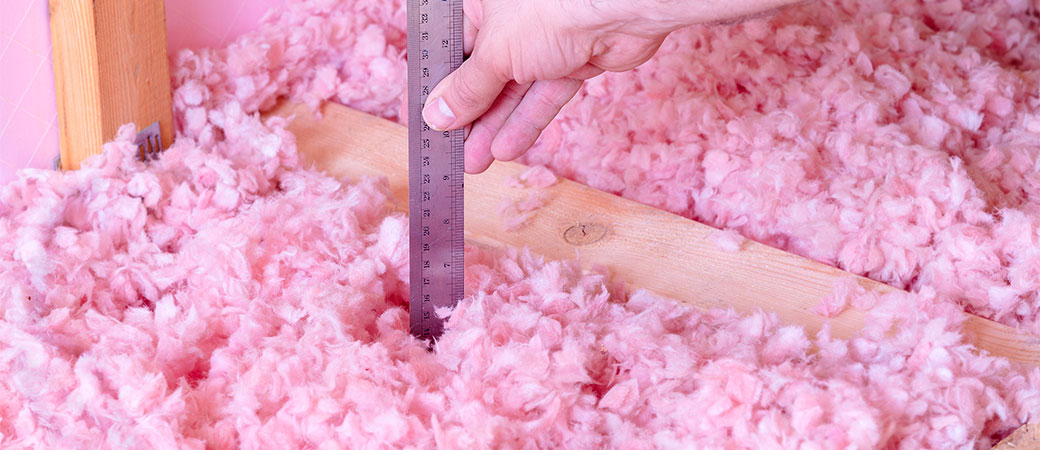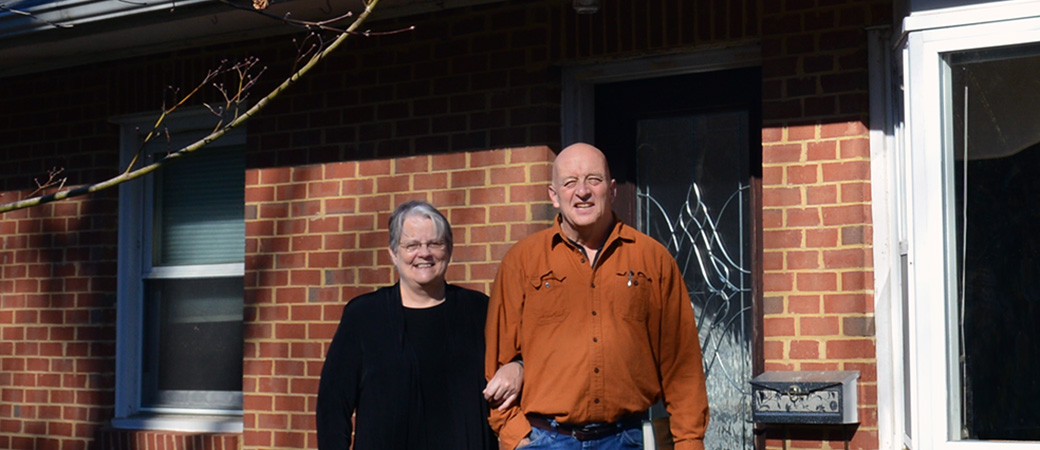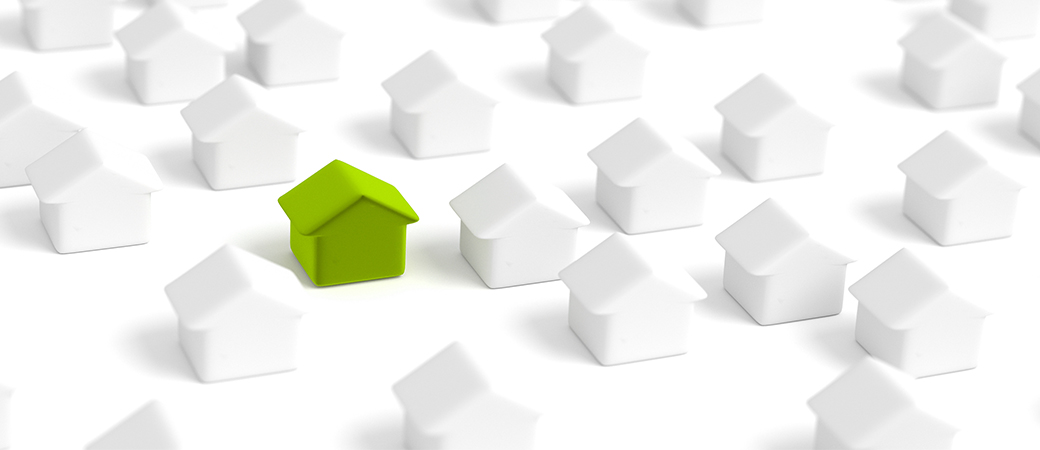
In addition to the discomfort it creates in your home, high indoor humidity can lead to harmful microbial growth. Microbial growth – often referred to as mildew or mold as a catch-all – is a family of fungi that can destroy parts of your home and cause health problems. In its early stages, it may appear only as mildew, which can simply be wiped away and cleaned, but if the conditions causing it are left untreated, it can become a more severe mold problem, potentially causing structural damage to your home. This harmful fungi is commonly found growing in the following especially susceptible areas: windows, drains, crawl spaces, basements, areas with a history of water leaks or flooding, and areas around moisture-generating appliances (e.g., dishwashers, dryers, or refrigerators).
Molds need 3 things to survive and grow – food, appropriate temperature, and moisture.
Our homes are full of potential food for mold (e.g., wood in framing and trim, paper in wall coverings and drywall, layers of dust inside ductwork, etc.). And, it just so happens that the temperatures in which humans are most comfortable (around 70 degrees) are also the temperatures in which molds thrive.
A factor we can work to control is our indoor moisture level. Take away the excess moisture, and the mold dies or goes dormant. Here are some basic ways to reduce moisture in your home, and thus reduce your chances of mildew, and eventually mold, growth:
- Monitor your home’s humidity levels with an indoor humidity monitor, and try to keep your home’s humidity between 30-60%. You can even purchase wireless humidity monitors to keep an eye on relative humidity levels in your crawl space or basement without having to go into those spaces. Some monitors connect with your smartphone and send alerts when humidity levels are too high. If you find that your home’s humidity levels are consistently high, try to find out the cause so that you can remedy it right away.
- Dry out water spills and leaks as soon as they occur, no later than 24-48 hours, so that mold has less of a chance of taking hold.
- Run your bathroom exhaust fan or open a window when showering to let out heat and humidity, and continue to ventilate until the fog on the mirrors has cleared. Use a shower squeegee to quickly wipe down wet tile and shower doors.
- Make sure your dryer and bathroom exhaust fans are completely vented to the outside, and use your stove’s exhaust fan when cooking to let the heat and steam out.
- Follow the EPA’s recommended setpoint of 78°F to force your A/C to run enough to remove moisture from the air in the summer.
- For homes with higher moisture loads, consider a dehumidifier with humidity control. Look for an ENERGY STAR certified dehumidifier to be sure it’s energy efficient.
- Wipe and dry condensation on pipes, walls, windows, and other surfaces right away. To prevent condensation from occurring again, cover cold water pipes with insulation, repair windows that might have air leaks, and vent moisture-generating appliances. Condensation is a good indication that your home’s humidity levels are too high and you might need to run your AC or use a dehumidifier.
- If you cannot figure out the cause of high humidity, call a licensed indoor air quality specialist or residential home energy auditor.
Signs of Mold
If you have had previous issues with moisture, floods, or water leaks, you might have mold already. Some indicators that your home might have mold include: a musty odor, allergies or asthma that worsen while you are at home, signs of water damage where mold thrive, and, of course, the visual presence of mold.
Mildew and mold can vary widely in appearance, depending on the type. They might appear as a black or white powder, or grow in thread-like fashion. Look for signs such as dark, patchy areas near windows or on the walls near appliances, small discolored spots on wood surfaces, or discolored spots on items made of fabric (e.g., suitcase, carpets).
In some cases, mold could be hidden from view. It can lurk behind wallpaper, under the carpet, and behind drywall. If you find that you have a large mold problem, call a mold remediation specialist. It’s important that mold is not just treated with chemicals, but also physically removed. Even when mold is dead, it can still cause health issues if left in place.

